Scientist of the Day - Robert Stirling
Robert Stirling, a Scottish cleric and mechanical engineer, was born Oct. 25, 1790. We don't know how effective Stirling was as a minister, but as an inventor, he was devilishly clever. In 1816, working with his brother James, he invented, and secured a patent for, a hot-air engine, which we now call a Stirling engine. His hot-air engine differed from the steam engines in use at the time in that it used heated air at low pressure, rather than high-pressure steam, to raise a piston and generate power. Stirling's was not the first hot-air engine – there were a number of predecessors – but his was the first that was actually built and put to use. The distinctive feature of a Stirling engine is something he called an "Economiser," an ingenious device that cools the heated air and sends it back to the hot sink to be heated again, in a closed circuit (second image).
In 1827, Stirling applied for another patent for an engine with an improved "Economiser", which he now called a "Regenerator". In 1843, he built a large hot-air engine (16-inch piston with a 48-inch stroke) that powered the Dundee Foundry Company for two years before one of the parts failed. If Stirling engines found other practical uses, we are unaware of them.
Although the Stirling engine is more efficient that a steam engine, and thus more economical, it never successfully competed with steam or internal combustion engines for industrial purposes. There seem to be very few original Stirling engines surviving toady – we could locate only one full-size engine, and a model, both in Scotland, and both in museums.
But a Stirling engine makes a very intriguing toy, and that is the form in which you most commonly see one today. I own one that is beautifully simple, based on Stirling’s first engine of 1816. It has a three-inch piston enclosed between two metal plates about an inch apart that function as the hot and cold sinks, with the hot plate on the bottom. There is a (relatively) large flywheel, up above, and another smaller piston penetrating the top plate that transfers cool air back down to be reheated - that is the Economiser.
If you heat up a cup of water, place the engine on top of the cup, wait about 10 seconds, and give the flywheel a little push, your toy Stirling engine is off and running, and will pump and spin for 5 minutes or so until the top plate gets too warm. If you put an ice-cube on the top plate as it slows down, it will speed back up and keep pumping for another 10 minutes, or until you lift off the engine, insert a tea bag into the cup, and begin the serious part of your day.
There seem to be only two portraits of Stirling in circulation, and both show a much older man than the inventor of 1816. One is a carte de visite, in the National Portrait Gallery (sixth image), and the other is a photo that circulates on Wikipedia-type sites (and on the box of my toy engine), but for which a source is never given. We assume it is genuine, since it looks just like the carte de visite, but it would be nice to know whence it comes.
Dr. William B. Ashworth, Jr., Consultant for the History of Science, Linda Hall Library and Associate Professor emeritus, Department of History, University of Missouri-Kansas City. Comments or corrections are welcome; please direct to ashworthw@umkc.edu.

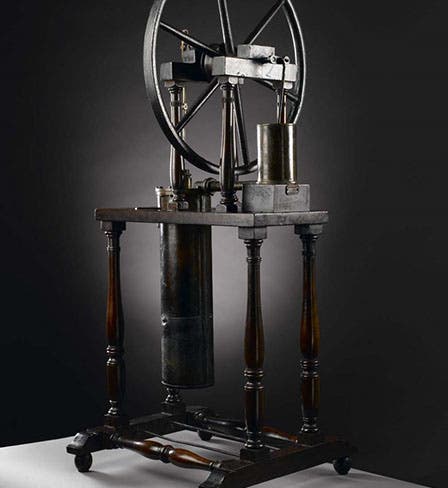
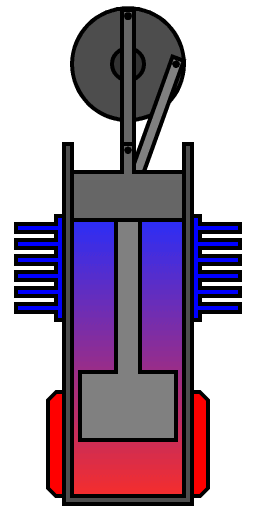
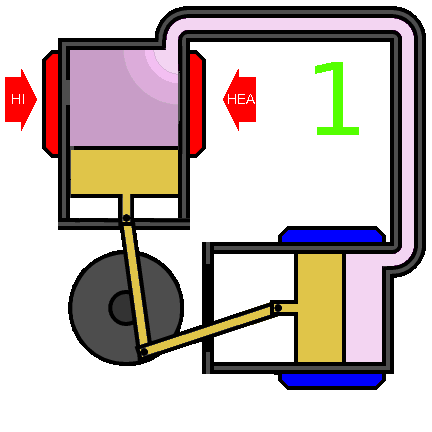
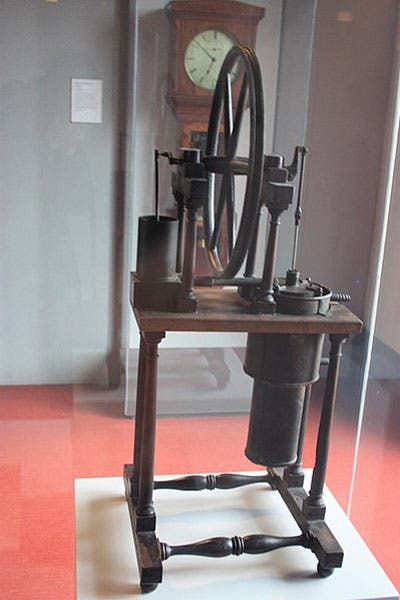
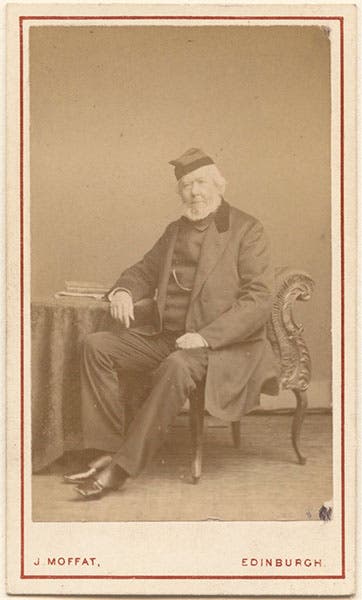

![“Aurora Borealis,” hand-colored wood engraving by Josiah Wood Whymper, [Natural Phenomena], plate 2, 1846 (Linda Hall Library)](https://assets-us-01.kc-usercontent.com:443/9dd25524-761a-000d-d79f-86a5086d4774/0245ffcb-b70c-477c-8792-0a73ebd54eb2/Whymper%2011.jpg?w=210&h=210&auto=format&fit=crop)


